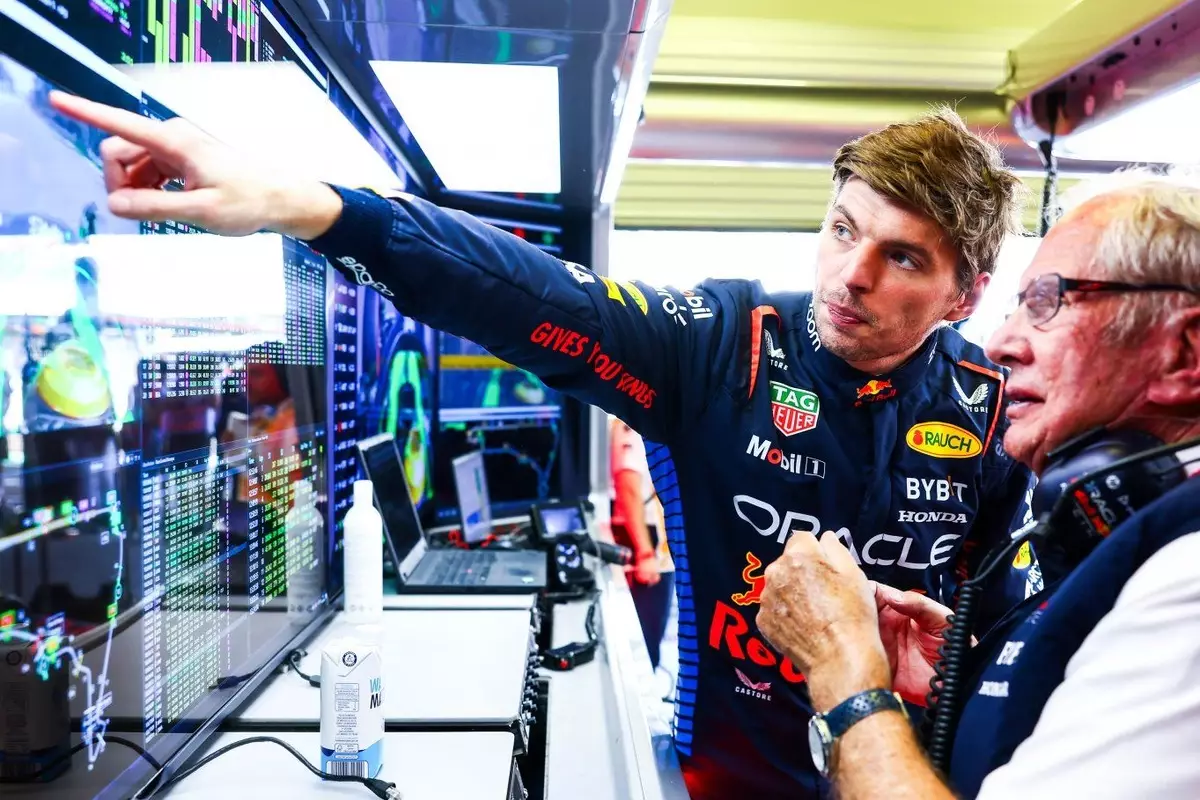Red Bull Racing, a formidable contender in the world of Formula 1, is placing significant emphasis on optimizing the balance of its car, the RB21, as a vital strategy for its championship pursuits in 2025. The team, based in Milton Keynes, experienced a turbulent season where an initial lead was challenged and ultimately diminished by rival teams, notably after the Miami Grand Prix. Although Max Verstappen clinched the drivers’ championship by leveraging the points advantage he established earlier, Red Bull had to settle for third place in the constructors’ standings, trailing behind both McLaren and Ferrari. This outcome underscored the necessity for recalibration as the organization gears up for the competitive 2025 season.
In a recent column for Speedweek, Helmut Marko, Red Bull’s motorsport advisor, revealed the team’s shifting focus in vehicle development. Rather than merely amplifying downforce—which had been a traditional hallmark of their strategy—the team is intent on refining the car’s overall balance. Marko articulated a vision for a wider operating window, which would ensure the RB21 remains stable and predictable, even amid minor changes in conditions or temperature fluctuations. This approach acknowledges the importance of handling and driver confidence, emphasizing that raw downforce alone does not guarantee lap time success. The goal is clear: achieve improvements in performance that translate directly into better race results.
With the competition intensifying and a more level playing field anticipated for the upcoming year, Red Bull acknowledges the challenges that lie ahead as the existing regulations remain stable until the next overhaul. Marko stated that the 2025 season is likely to witness a tight contest at the forefront, which is typical during the concluding phase of a regulation cycle. As teams capitalize on established design principles, the evolution of cars will lead to increased performance parity, making strategic advancements even more critical for success.
The Red Bull team is also undergoing some transitions, with certain personnel changes expected as it strives to maintain a competitive edge. Marko has expressed confidence in the team’s capability to adapt, suggesting that despite these departures, the remaining workforce is well-positioned to provide Verstappen with a championship-contending vehicle. As they prepare for 2025, retaining access to talented engineers and building on existing knowledge will be essential.
An intriguing aspect of Red Bull’s preparation for the 2025 campaign revolves around the upcoming announcement regarding its driver line-up. Speculation mounts around the potential departure of Sergio Perez, who faced a challenging season. Marko has clarified that the design of the RB21 will be largely tailored to Verstappen’s driving style, thereby indicating that any driver paired with the reigning world champion must possess the adaptability to align with Verstappen’s demands. The synergy between the driver and the car’s characteristics is imperative for harnessing peak performance.
As Red Bull Racing sets its sights on the 2025 Formula 1 season, the emphasis on understanding the intricacies of vehicle balance, rather than solely on enhancing downforce, points to a mature evolution in their racing philosophy. With the promise of a tightly contested field and a commitment to technological refinement, Red Bull appears poised to mount a strong challenge. The formula for success hinges on leveraging Verstappen’s exceptional talent while also responding agilely to the complexities presented by rivals. The coming months will reveal how effectively the team can implement these strategies as they strive for championship glory once again.

